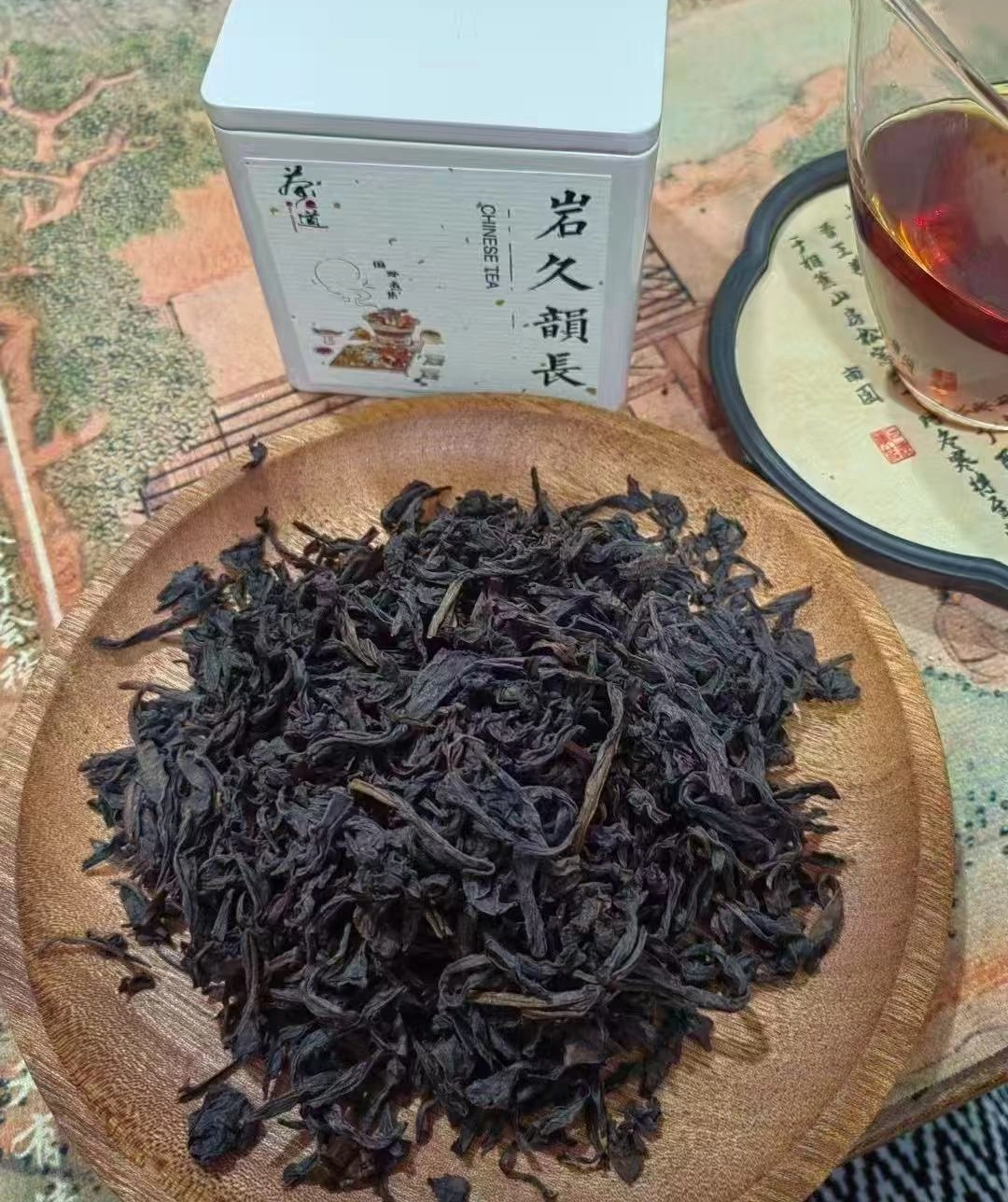Oolong tea—a semi-oxidized tea between green and black—offers a unique spectrum of flavors and a wealth of health perks. From boosting metabolism and supporting heart health, to promoting bone strength, glowing skin, and cognitive clarity, the advantages of oolong tea make it a standout choice for both tea lovers and wellness seekers. Its diverse terroirs—from Fujian’s misty hills to Taiwan’s high-mountain gardens—shape everything from floral lightness to toasty depth. With simple brewing tips and proper storage, anyone can enjoy multiple infusions of oolong’s complex aromas and reap its many benefits.

Introduction
Oolong tea is defined by its partial oxidation—between 10% and 70%—which yields an astonishing range of taste profiles, from green-like freshness to black-style richness. Tea fans often search for the advantages of oolong tea because, beyond flavor, oolong delivers measurable boosts in metabolism, heart health, digestion, and more. This guide walks you through oolong’s top eight health advantages, flavor and terroir notes, plus how to choose, store, and brew for maximum benefit and enjoyment.
What Is Oolong Tea?
Oolong tea begins its journey as the same Camellia sinensis leaf used for green and black teas. The difference lies in processing: after withering, leaves are gently bruised (often by tossing or shaking), allowing controlled oxidation before they’re fired to halt the process. Lower oxidation levels (10–30%) preserve floral and fruity notes, while higher oxidation (50–70%) plus roasting yields deeper caramel and mineral flavors. Major styles include:
- Tieguanyin (Iron Goddess): Typically medium-oxidized with a fresh, orchid-like aroma.
- Wuyi Rock Teas (Yancha): Heavily roasted, giving notes of roasted nuts, stone minerality, and lingering sweetness.
- Phoenix Dancong: Lightly oxidized with intense single-flower or fruit aromas.
Top 8 Health Advantages of Oolong Tea
Boosts Metabolism & Aids Weight Management
Regular oolong consumption increases fat oxidation and metabolic rate, helping reduce body fat when paired with a balanced diet.
Supports Heart Health & Lowers Cholesterol
Oolong’s polyphenols have been linked to reduced LDL cholesterol and improved artery function, which may lower cardiovascular risk over time.
Enhances Digestion & Gut Microbiome
Oolong polyphenols can promote beneficial gut bacteria, easing digestion and reducing post-meal discomfort.
Rich in Antioxidants & Anti-Inflammatory
Packed with catechins (EGCG) and theaflavins, oolong tea combats oxidative stress and systemic inflammation, contributing to overall wellness.
Improves Bone & Dental Health
Long-term moderate oolong intake correlates with higher bone mineral density in postmenopausal women and may help prevent osteoporosis. Fluoride and minerals in oolong also strengthen tooth enamel and reduce cavities.
Supports Skin Health & Anti-Aging
The antioxidants in oolong protect skin cells from free-radical damage, helping maintain elasticity and reduce wrinkle formation.
Cognitive Benefits: Focus & Mood
Oolong’s moderate caffeine paired with L-theanine promotes alertness, improves focus, and induces calm—ideal for work or study without the jitters of coffee.
Blood Sugar Regulation & Diabetes Prevention
Multiple trials show that oolong consumption moderates postprandial blood sugar spikes and can improve insulin sensitivity, potentially lowering type 2 diabetes risk.
Flavor & Aroma Profiles
Oolong tea’s semi-oxidation creates a flavor spectrum unmatched by any other tea:
- Lightly Oxidized (10–30%): Bright, floral, and honeyed—think Phoenix Dancong and lightly processed Tieguanyin.
- Medium-Oxidized (30–50%): Balances floral sweetness with gentle fruit and vegetal hints, common in classic Tieguanyin.
- Heavily Roasted (50–70%): Rock teas from Wuyi deliver roasted nuts, caramel, and mineral notes that linger on the palate.
Typical Representatives: Tieguanyin; Yancha (Da Hong Pao, Rougui, Shixian); Phoenix Dancong.
How to Choose & Store Quality Oolong
- Inspect Dry Leaves: Look for intact, shiny leaves rolled tightly—dusty fragments signal lower quality.
- Check Origin & Processing Info: Trusted sellers list harvest dates, regions (e.g., Wuyi, Anxi), and oxidation/roast levels.
- Storage Guidelines: Store in airtight, opaque containers in a cool, dry place away from strong odors to preserve aroma and prevent stale flavors.
Brewing Tips for Maximum Benefits
- Water Temperature: Heat water to 90–100 °C; cooler water for lighter oolongs, hotter for roasted styles.
- Leaf-to-Water Ratio: Use about 5 g of tea per 120 ml water (roughly 1 tsp per 6 oz).
- Steeping Methods:
- Gongfu Style: Short brews (10 s–30 s) yield multiple infusions (4–10 times), each revealing new layers.
- Western Style: A single 3–5 min steep produces a full-bodied cup.
- Vessel Choice: Gaiwans highlight aroma; glass pots let you watch leaves unfurl and judge infusion color.
Common FAQs
Q1: How much oolong tea should I drink daily?
Aim for 2–3 cups (400–600 ml) to enjoy benefits without excess caffeine.
Q2: Can oolong tea replace coffee?
Yes—its balanced caffeine and L-theanine offer steady energy and focus without coffee’s crash.
Q3: Is oolong tea safe during pregnancy?
Limit to 1 cup per day and consult your healthcare provider due to caffeine content.
Conclusion & Call-to-Action
From metabolism and heart health to bone strength, skin vitality, and mental clarity, the advantages of oolong tea are clear. Whether you prefer the floral brightness of lightly oxidized Phoenix Dancong or the toasty depth of Wuyi rock teas, there’s an oolong style to match every palate. Ready to elevate your tea routine? Explore our curated oolong selection, sign up for brewing workshops, and stay tuned for seasonal releases that showcase the best of this remarkable tea.



